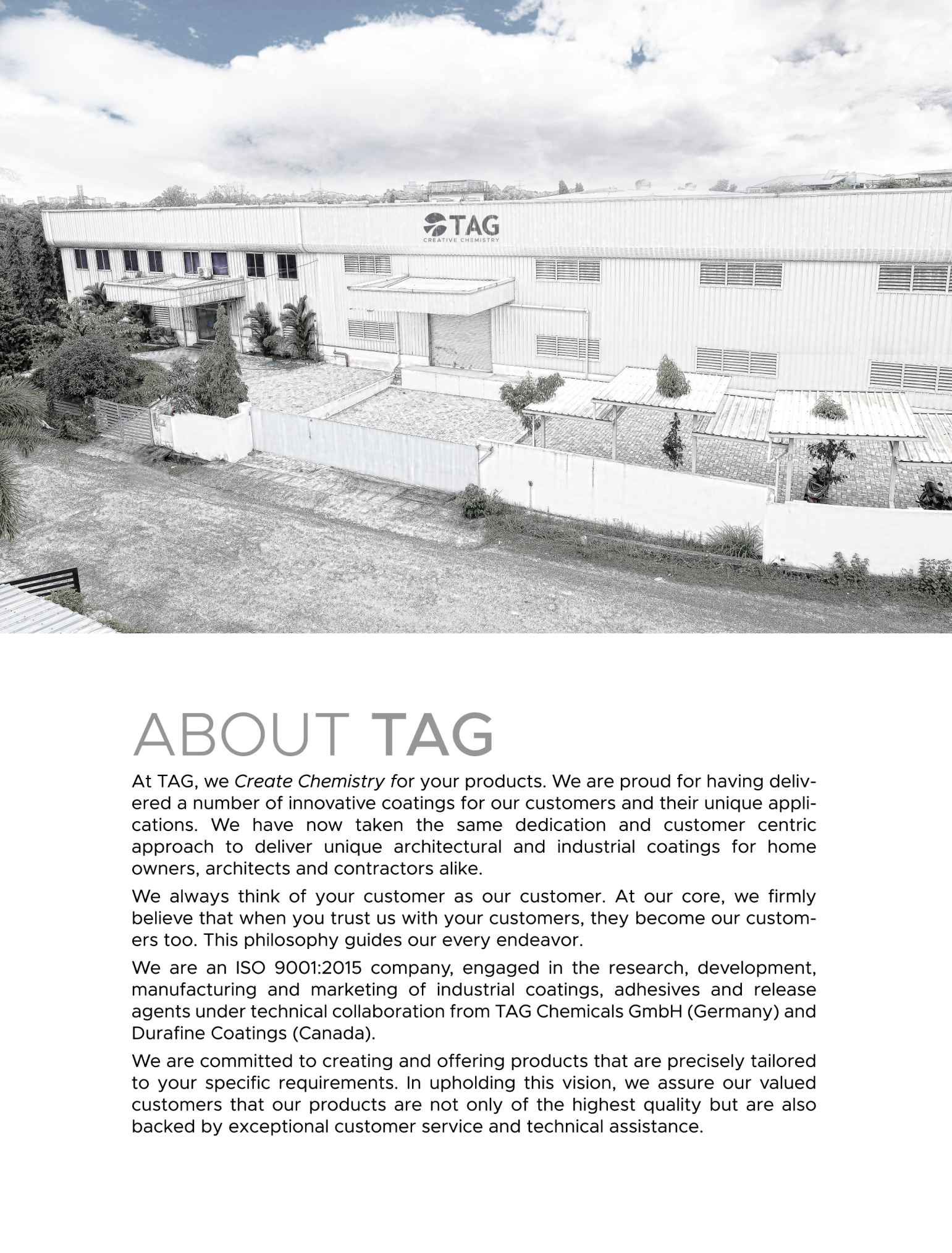The truth beyond the rise in the price of crude oil
- मई 21, 2022
- 0
After Russia’s attack on Ukraine, the price of crude has increased, first of all, the question is, can the world recovering from the recession, bear the burden of oil up to $100 per barrel?
The age of the oil boom: Oil is boiling. OPEC, a 23-nation cartel, did not increase production. On the contrary, Saudi Arabia raised the price of crude oil on 4 March. Saudi Arabia accounts for 30 percent of OPEC’s oil production. He has the ability to increase or decrease the production according to the demand-supply i.e. swing producer. The relationship between oil prices and production is somewhat different. Arguably 60 percent of the world’s oil production is outside OPEC countries. It is with America, the North Sea and the countries separated from the old Soviet Union. But non-OPEC countries are considered price takers in the International Energy Agency’s classification. They take advantage of prices, not influence prices. Non-OPEC countries are producing at their full potential. OPEC countries fill the demand-supply gap. That’s why OPEC is the country’s price influencer.
Non-OPEC countries have higher cost of production. Liquid Natural Gas (LNG) is their main production, on the basis of which the US is closing Russian gas stores. Under the latest agreement between Biden and the European Community, now Europe’s gas ie LNG will come from America. A study by JP Morgan states that between 2010 and 2015, the average price of crude oil was around $100, but there was no crisis in the world. Economies continued to grow. According to the MSCI World Index, global share prices and real estate have doubled by 125 per cent in the decade since 2011, but Brent futures are down 10 per cent.
That is, crude oil is still cheap, the world can tolerate oil up to $130 per barrel. A study by Bank of America suggests that trouble will come when the cost of energy becomes 8 percent of global GDP, now it is at 6 percent. Nichols knows that in 2014 OPEC countries decided to keep oil prices at a set high to protect the market. The use of oil is now decreasing. Other sources of energy are meeting the huge requirements. OPEC countries have nothing but oil whereas non OPEC countries are multi-faceted economies. Oil is just a transport fuel and here too the environment is about to change with electric vehicles. OPEC countries will have to find new options for their economies by maximizing oil earnings within the next three decades.
OPEC’s oil economy is in its final stages. According to the Center for Global Energy Policy (Columbia University), between 1973 and 2019, the dependence on oil, ie oil intensity, of the world’s GDP decreased by 56 percent. If in 1973 a barrel of oil produced $ 1000, now that same production is made from half a barrel.
The use of oil in power generation is almost over. Gas and coal are the major fuels. With the development of technologies in automobile engines, the mileage of vehicles has increased and the oil consumption has decreased. The share of oil in the world’s energy consumption has declined from 50 per cent in 1970 to 28 per cent now. According to the IEA, by 2030 it will be 22 percent. The share of alternative energy will be 19 percent by 2030 and 37 percent by 2050.
OPEC countries are forced to keep increasing the inflation of oil, this is their last relief. Bombs are being rained on Ukraine, but the market is predicting that for the next one year, crude oil will be between 80 and 100 dollars. Investments in increasingly alternative energy to oil will increase. The flip side is that inflation may last longer; gas and coal are also becoming costlier alongwith oil. India’s troubles are deep. Here energy is already expensive due to taxation of governments and rupee is depreciating continuously. Brent crude has become 70 percent expensive for India in dollar value. This struggle will go on for a long time.
कच्चे तेल की कीमत में तेजी के पार का सच
यूक्रेन पर रूस के हमले के बाद कच्चे तेल की कीमत में तेजी आ गयी हैं पहले तो यह सवाल, कि मंदी से उबरती दुनिया क्या 100 डॉलर प्रति बैरल तक के तेल का बोझ बर्दाशत कर सकती है?
तेल की तेजी की उम्रः तेल खौल रहा है। 23 देशों के कार्टेल ओपेक ने उत्पादन नहीं बढ़ाया। उलटे सऊदी अरब ने 4 मार्च को कच्चे तेल की कीमत बढ़ा दी। सऊदी अरब ओपेक के तेल उत्पादन में 30 फीसदी हिस्सा रखता है। वह मांग-आपूर्ति के हिसाब से उत्पादन घटाने-बढ़ाने की क्षमता रखता है यानी स्विंग प्रोड्यूसर है। तेल की किमतों और उत्पादन के रिश्ते कुछ अलग किस्म के हैं। यकीनन दुनिया का 60 फीसदी तेल उत्पादन ओपेक देशों से बाहर है। यह अमेरिका, नॉर्थ सी और पुराने सोवियत संघ से अलग हुए देशों के पास है। लेकिन इंटरनेशन एनर्जी एजेंसी के वर्गीकरण में गैर ओपेक देश प्राइस टेकर्स माने जाते हैं। वे कीमतों का फायदा उठाते हैं, कीमतें प्रभावित नहीं करते। गैर ओपेक मुल्कों का उत्पादन अपनी पूरी क्षमता पर है। मांग व आपूर्ति का अंतर ओपेक देश पूरा करते हैं। इसलिए ओपेक देश ही प्राइस इन्फ्लुएंलर हैं।
गैर ओपेक मुल्कों की उत्पादन की लागत ज्यादा है। लिक्विड नेचरल गैस (एलएनजी) उनका प्रमुख उत्पादन है जिसके दम पर अमेरिका रूसी गैस की दुकान बंद करा रहा है। बाइडेन और यूरोपीय समुदाय के बीच ताजे समझौते के तहत अब यूरोप की गैस यानी एलएनजी अमेरिका से आएगी। जेपी मोर्गन का एक अध्ययन बताता है कि 2010 से 2015 के बीच कच्चे तेल की कीमत औसत 100 डॉलर के आसपास रही थी, लेकिन दुनिया में कोई संकट नहीं आया। अर्थव्यवस्थाएं बढ़ती रहीं। एमएससीआई वर्ल्ड इंडेक्स के अनुसार बीते 2011 के बाद एक दशक में दुनिया में शेयर कीमत 125 फीसदी और अचल संपत्ति की कीमत दोगुनी हो गई लेकिन ब्रेंट फ्यूचर्स दस फीसदी के नुकसान में हैं।
यानी कच्चा तेल तो अभी सस्ता है। दुनिया 130 डॉलर प्रति बैरल तक का तेल बर्दाशत कर सकती है। बैंक ऑफ अमेरिका का एक अध्ययन बताता है कि मुश्किल तब आएगी, जब ऊर्जा कि लागत ग्लोबल जीडीपी की 8 फीसदी हो जाए, अभी तो यह 6 फीसदी पर है। 2014 में ओपेक देशों ने तेल कीमतों को एक निर्धारित ऊंचे स्तर पर बनाए रखने का फैसला किया था, ताकि बाजार बचा रहे। तेल का इस्तेमाल अब घट रहा है। ऊर्जा के अन्य स्त्रोत बड़ी जरूरतें पूरी कर रहे हैं। ओपेक देशों के पास तेल के अलावा कुछ नहीं है जबकि गैर ओपेक देश बहुआयामी अर्थव्यवस्थाएं हैं। तेल परिवहन ईंधन मात्र रह गया है और यहां भी इलेक्ट्रिक वाहनों के साथ माहौल बदलने वाला है। ओपेक देशों को अगले तीन दशक के भीतर तेल से अधिकतम कमाई कर अपनी अर्थव्यवस्थाओं के लिए नए विकल्प तलाशने होंगे।
ओपेक की तेल इकोनॉमी अपने अंतिम चरण में है। सेंटर फॉर ग्लोबल एनर्जी पॉलिसी (कोलंबिया यूनिवर्सिटी) के अनुसार 1973 से 2019 के बीच विश्व के जीडीपी की तेल पर निर्भरता यानी ऑइल इंटेंसिटी 56 फीसदी कम हुई। अगर 1973 में एक बैरल तेल से 1000 डॉलर का उत्पादन होता था, तो अब उतना उत्पादन आधा बैरल से हो जाता हैं।
बिजली उत्पादन में तेल का इस्तेमाल लगभग खत्म है। गैस और कोयला प्रमुख ईंधन है। आटोमोबाइल इंजिन की तकनीकों के विकास से वाहनों का माइलेज बढ़ा है और तेल की खपत घटी है। विश्व की ऊर्जा खपत में तेल का हिस्सा 1970 के 50 प्रतिशत से घटकर अब 28 प्रतिशत रह गया है। बकौल आईईए, 2030 तक यह 22 प्रतिशत रह जाएगा। वैकल्पिक ऊर्जा का हिस्सा 2030 तक 19 और 2050 तक 37 प्रतिशत होगा।
ओपेक देश तेल की महंगाई को बढ़ाए रखने पर मजबूर हैं, यह उनकी आखिरी यलगार है। यूक्रेन पर बम बरस रहे हैं लेकिन बाजार वाले मुतमइन हैं कि अगले एक साल तक कच्चा तेल 80 से 100 डॉलर के बीच रहेगा। तेल की तेजी से वैकल्पिक ऊर्जा में निवेश बढ़ता जाएगा। दूसरा पहलू यह है कि महंगाई लंबी चल सकती है क्योंकि तेल के साथ गैस व कोयला भी महंगे हो रहे हैं। भारत की मुसीबत गहरी है। यहां सरकारों की टैक्सखोरी के कारण ऊर्जा पहले से महंगी है और रुपया लगातार कमजोर हो रहा है। डॉलर मूल्य में भारत के लिए ब्रेंट क्रूड 70 प्रतिशत महंगा हो गया है। यह दंगल लंबा चलेगा।

































































